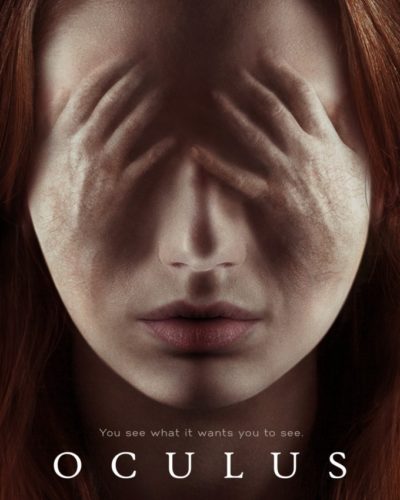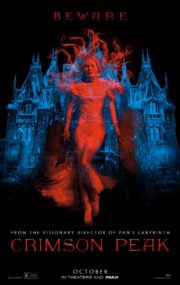A Dance with Darkness: “Dread” Unleashed
“There are some things once seen, can never be unseen…” whispers a voice draped in menacing overtones, setting a shiver down the spine of its audience. In the world of horror cinema, few films dare to traverse the deep, psychological corridors that Dread, the 2009 film directed by Anthony DiBlasi, explores. Based on the short story by Clive Barker, the film weaves a tale of phobia and fear that stitches itself into the viewer’s mind with relentless intent.
Molding the Macabre: Crafting Atmosphere and Tone
The elusive quality of dread permeates the film, constructed through a delicate balance of suspense and the unnerving reveal of harrowing visuals. DiBlasi employs a strategy of anticipatory horror, allowing the viewer’s imagination to craft their deepest fears before confronting them with the stark reality onscreen. The film festers under a consistent, brooding atmosphere, where the shadows seem ever-present, and safety is but an illusion.
The cinematography, just as the title suggests, revels in creating an unsettling visual narrative. Stark contrasts between bright and dark scenes play on the viewer’s anxiety, making the darkness that lurks in the corners of the frame all the more oppressive. Camera angles and movements become characters of their own, guiding and manipulating the viewer’s journey through the story, sometimes leaving them teetering on the edge of their seats. While special effects are used sparingly, when they are, they’re executed in a manner that augments the visceral punch of the story’s darker turns.
Soundtrack and sound effects serve as the unseen specters haunting the film’s soundscape. Subtle and jarring in equal measure, the auditory experience of Dread augments the visual horror, weaving a tapestry of discomfort and tension. In moments where silence takes the stage, the absence of sound is as powerful and disconcerting as the noises themselves, a testament to the thoughtful sound editing.
Through the Lens of Terror: Performance and Subgenre
The dance of performance in Dread is a nuanced one. The portrayals root themselves in a palpable reality that resonates with the primal fears lurking in us all. The actors embody characters with convincingly layered responses to the terror that enfolds them, their descent into madness palpable and at times, uncomfortably relatable.
Finding its footing firmly within psychological horror, the film dissects the human mind, questioning our relationship with fear. It plays less with supernatural tropes or body horror and more so with the psyche of its subjects. In doing so, it challenges the viewer to reflect on their own subconscious dread.
The tactics used to instigate fear are cerebral, often relying on an unsettling build-up rather than exploitative gore or cheap thrills. The execution of these techniques is indeed formidable, leaving lingering thoughts and what-ifs that remain long after the screen fades to black.
Confronting the Abyss: Themes and Impact
Underlining its horror narrative, Dread probes into deeper societal commentary and themes. It contemplates existential angst, the concept of subjective reality, and the notion of facing inner demons. Such thematic depth elevates the film beyond mere frights, instilling a thought-provoking element into its horror.
On the spectrum of horror, Dread is more than just a hide-behind-your-hands kind of film; it’s one that will burrow into the intellect, unearthing uncomfortable truths. Horror enthusiasts with a penchant for psychological exploration will find this movie particularly appealing, while casual viewers might appreciate the strong character development and ethical quandaries posed.
When placed next to Barker’s other adaptations or contemporary psychological horrors such as The Babadook or Hereditary, Dread holds its own with unflinching bravado and a distinctive narrative style.
Final Fearful Thoughts: To Watch or Not to Watch?
Dread stands as a carefully composed symphony of horror, resonating with a chilling effectiveness that will satisfy those seeking an encounter with fear. Its strengths lie in its atmospheric mastery, powerful performances, and the enduring nature of its haunt. Its weaknesses may appear in the occasional pacing issues and its reliance on a particular brand of horror that might not resonate with all audiences.
The film, with its intense themes and occasional graphic content, might not be for the faint of heart. It is a journey into the human mind’s darkest corners, and as such, comes with its own set of triggers and cautions.
In conclusion, Dread is a film that will leave marks in the shadows, a notable entry in the psychological horror subgenre that should be approached with both anticipation and caution. Horror aficionados will relish its depth and darkness, while others might find it a potent encounter with a different kind of cinematic fear.




